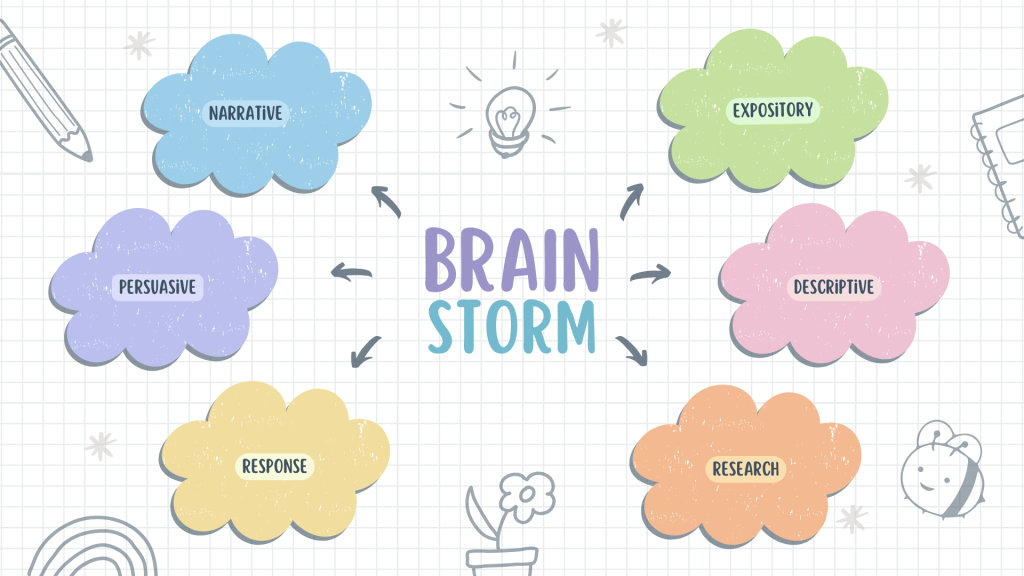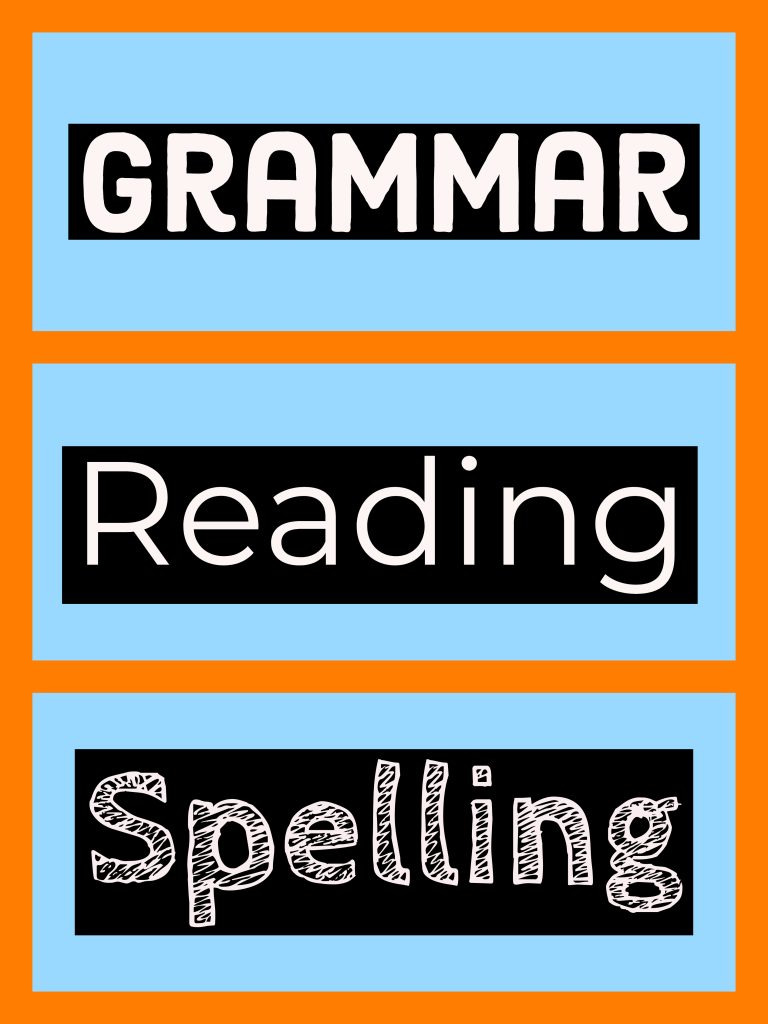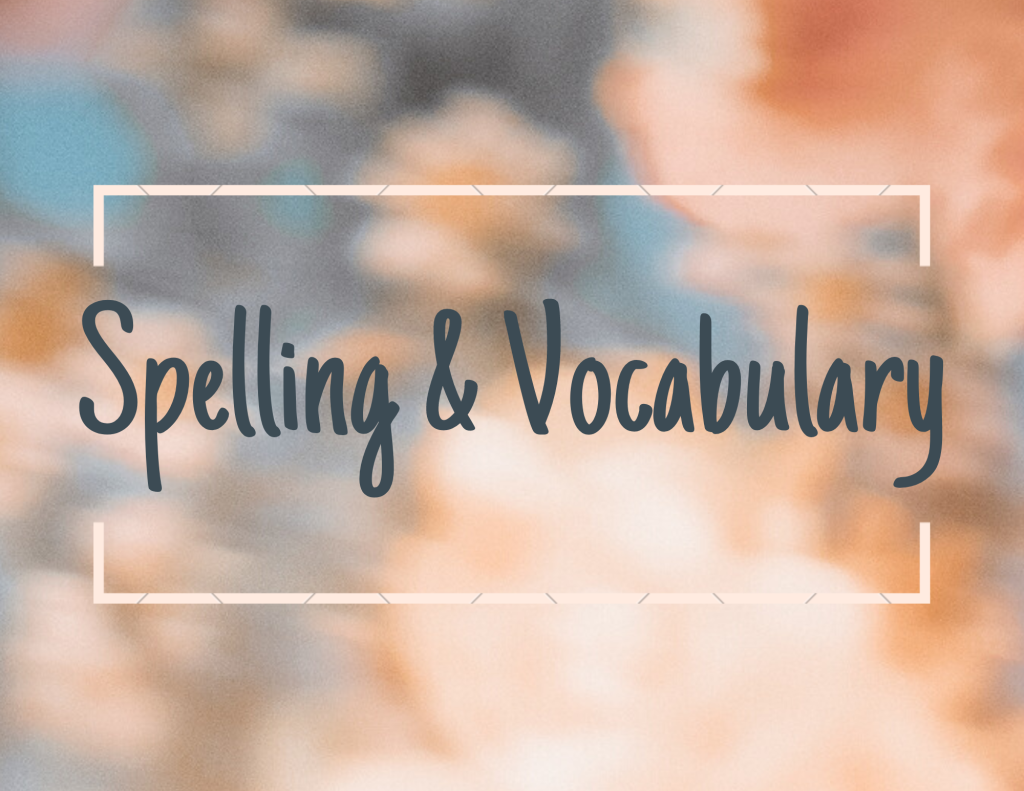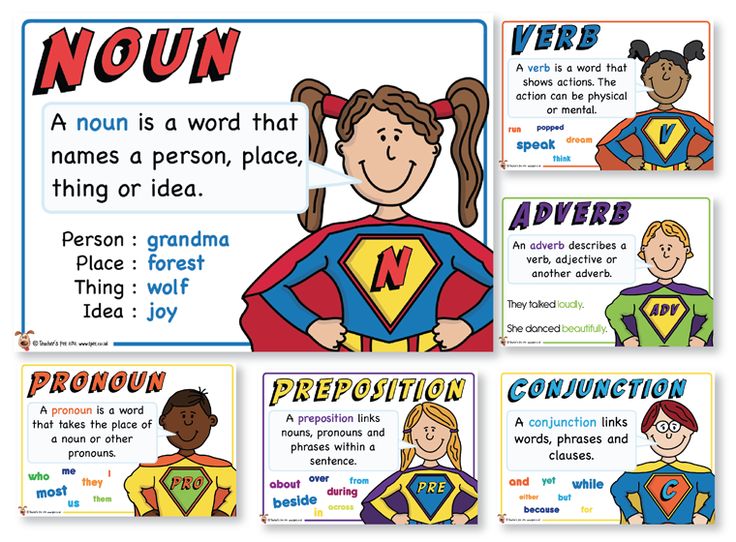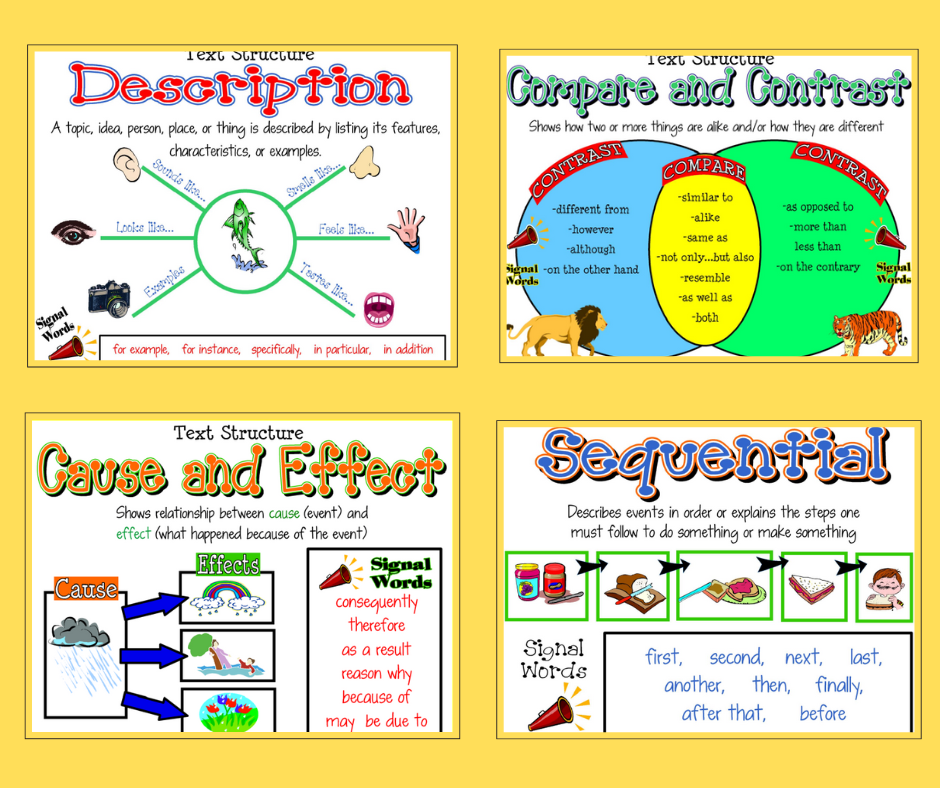Despite the fact that we are now living at a time when generative AI tools can be easily prompted to complete writing assignments for our kids, it’s still a good idea for kids to develop and improve writing skills. Good communication skills, critical thinking, and independent thought are all human attributes that writing helps to cultivate. Neglect these essentials, and we run the risk of ending up like the mindless drones in that Star Trek episode.
Teaching writing doesn’t have to be an arduous task. These free resources have a variety of ideas on how to improve writing skills, from sparking interest, to practicing sentence structure and paragraph organization, to gradually building writing skills.
Break It Down
If a learner of any age is overwhelmed by completing a piece of writing in one sitting, break the assignment into smaller, manageable chunks. Just focus on one part at a time. If you want to start with a paragraph and that’s too much, then make it a sentence. If that’s too much, then start with words. Some parents have their kids write lists. The lists could be about anything. Favorite songs, descriptive words, action words, etc. Make it more challenging by limiting words to certain starting letters or themes. Or start with one word and write all the words associated with the starting word. There are many ways to go with this. See some more ideas in this Scholastic post.
Here are some free workbooks and worksheets to help improve writing skills:
EZSchool: The worksheets here are progressive. So, for example, you can start out with a descriptive writing worksheet that asks the student to draw a picture and then write three sentences. The next worksheets move on to writing a paragraph, writing three paragraphs, and then three paragraphs with details. So the student can progress through all the worksheets, or just jump in at a particular level. You can print the worksheets, or have your kids do the lessons in their own notebooks or on laptops.
Pictures for Writing: The exercises here begin with a picture, introduce related vocabulary, then progress to developing a particular writing skill, such as writing a description or a letter, all related to a picture.
iReady Activity Packet: These exercises ask children to draw pictures and write a few sentences about everyday things, like describing your bedroom, or more creative prompts, like imagining yourself as a bird or butterfly. Some of the worksheets have picture prompts.
Dinosaur Writing Prompts: Prompts with a certain theme, like dinosaurs or something else your kid is into, can be used to get started with writing. You can begin with words and build up to sentences, paragraphs, and stories.
Precise Words: The exercises in this workbook are designed to focus on a particular task, such as replacing common or boring nouns with more precise and vivid ones. There are exercises for different parts of speech and types of writing.
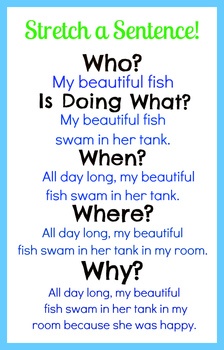
Grab these Sentence Posters as a quick reference and review tool when you’re teaching about sentences.
This accompanying workbook provides eight weeks of progressive lessons and prompts. It starts with the basics of what a sentence is, followed by types of sentences, writing sentences to answer a question prompt, expanding sentences, expanding and revising sentences, and then on to paragraphs.
Sentence Task Cards: These exercises prompt learners to create different types of sentences, and to add to sentence starters.
10-Sentence Story Challenge: This exercise is similar to a mad-libs activity, except instead of filling in parts of speech, learners are prompted to write sentences using literary devices like metaphor and hyperbole.
Scholastic Quick Practice Writing Skills: For grades 2 – 3, this workbook starts with simple sentence or picture-drawing exercises, then goes over grammar concepts and the writing process.
Evan-Moor Creative Writing Ideas: A variety of writing exercises for grades 2 – 4.
Evan-Moor Non-Fiction Text-Based Writing: For grades 2 – 6; writing prompts for argument and opinion, compare & contrast, cause & effect, sequence
Scholastic Writing Skills Made Fun: Sentences and paragraphs
Writing Paragraphs Workbook: This resource explains what a paragraph is by breaking it down into main idea, topic sentences, and supporting details. Then there are step-by-step exercises to write paragraphs with prompts for a main idea and topic sentence, and then supporting details.
Paragraph of the Week Workbook: The process of writing a paragraph is broken down over the course of a week. Start the week with a topic and brainstorming ideas. Middle of the week is for rough draft and revision. End of week is for presenting the final draft. Three paragraph exercises are provided.
Here are some additional paragraph writing resources:
Glencoe Revising with Style: For high school students, this workbook includes exercises for improving sentence structure, building paragraphs, proofreading, and correcting common errors. Includes answer key.
Here is the workbook Revising with Style for Middle School.
Parts of a Paragraph Worksheet: Examines paragraph structure with exercises for identifying parts of a paragraph and for practicing writing paragraphs.
Basic Paragraph Graphic Organizer and Writing Template
Spectrum Writing Workbooks
Play With Words
Hangman, Scrabble, Boggle, Banana Grams, whatever games your family favors, playing with words really helps sharpen language skills, which ultimately helps to improve writing skills. Plus, they’re fun and easy to incorporate into your homeschooling.
Using puzzles like Word Ladders to add and rearrange letters to make new words, helps to improve phonics, spelling, and vocabulary skills. Here’s a blank ladder for making your own.
You can do anagram puzzles like these or these.
You can use online visual dictionaries like Visuwords or Snappy Words to see different word origins, meanings, uses and associations. I’ve often talked with my kids about the many Yiddish words I encountered growing up in Brighton Beach, Brooklyn, many of which became a part of my manner of speech. The word “schlep” was one we used all the time to indicate carrying something heavy or in an awkward way, as in, “Man, I have to schlep all this stuff upstairs.” But I see from this graphic that the word can also be used to describe a person, (Don’t be such a schlep!) or to describe a trip (It’s a real schlep taking all this stuff up to the boardwalk!). Use tools like these to get your own kids thinking about words and come up with your own activities.
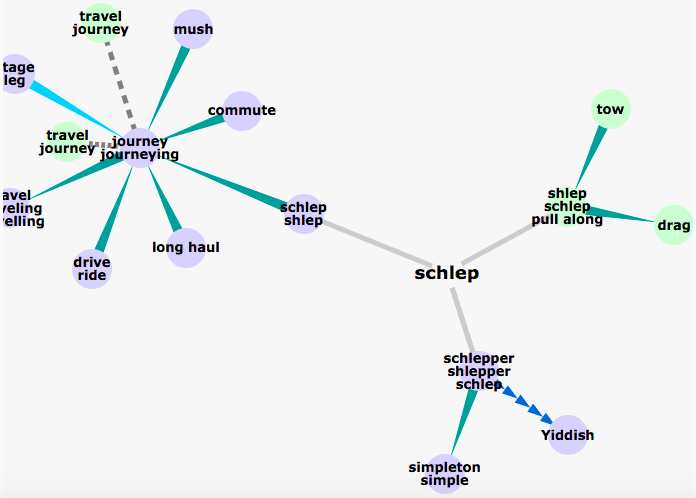
You can make word activities more game-like by using the letter tiles from games or making your own to build words or do puzzles. You can use word cards with different parts of speech and punctuation to build sentences, like in this free download.
Create Personalized Prompts
It’s generally easier to write about topics that interest you or you feel passionate about. What are your kids’ interests? Head over to Pressto, input a topic and get a variety of prompt suggestions. You can set it to generate prompts by grade level, and by type of writing, such as personal narrative, cause & effect, comparison/contrast, and others. Here are some prompts generated from the phrase “playing the piano” and “playing in a band.”
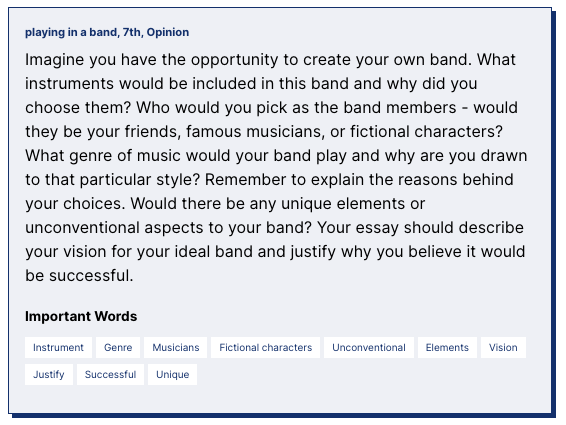
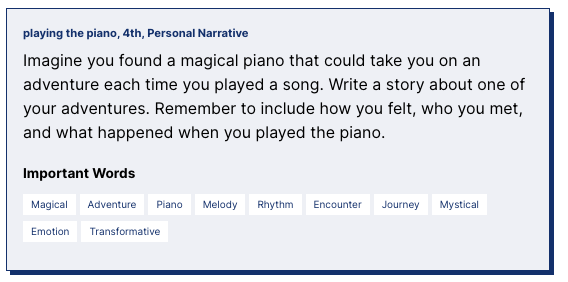
What are some go-to activities you use to help improve writing skills? Do you have a favorite writing curriculum? Share in the comments.

